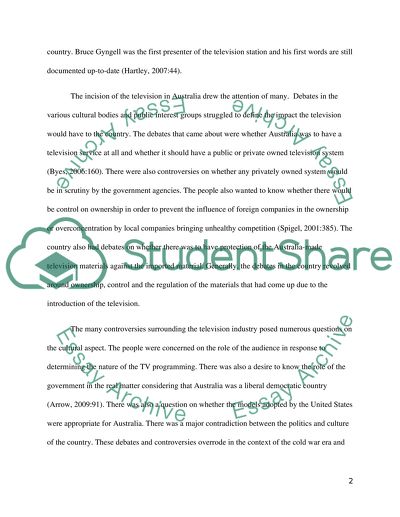Cite this document
(“Television in Australia Essay Example | Topics and Well Written Essays - 1750 words”, n.d.)
Retrieved from https://studentshare.org/journalism-communication/1447986-australian-media-history
Retrieved from https://studentshare.org/journalism-communication/1447986-australian-media-history
(Television in Australia Essay Example | Topics and Well Written Essays - 1750 Words)
https://studentshare.org/journalism-communication/1447986-australian-media-history.
https://studentshare.org/journalism-communication/1447986-australian-media-history.
“Television in Australia Essay Example | Topics and Well Written Essays - 1750 Words”, n.d. https://studentshare.org/journalism-communication/1447986-australian-media-history.


